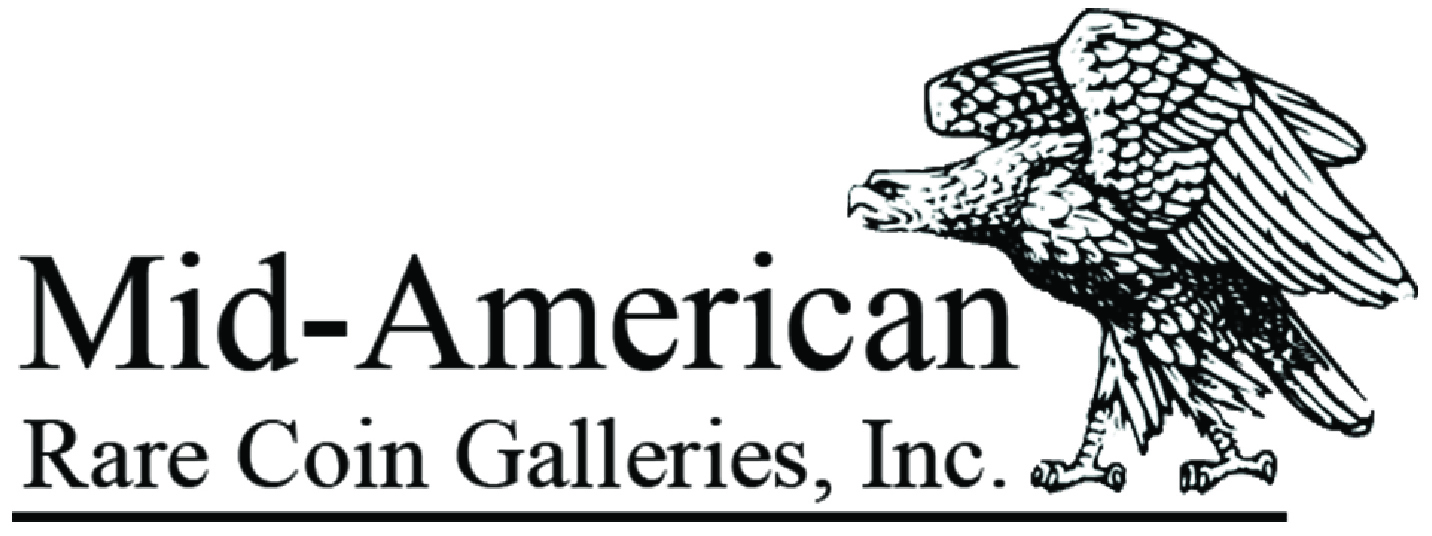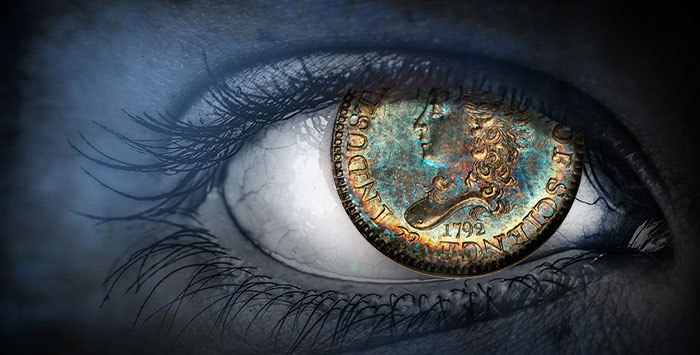In the eyes of the collector, coins with eye appeal and quality are today’s trend
By Jeff Garrett for Numismatic Guaranty Corporation (NGC) ……
The rare coin market evolves over time and many series go out of fashion. In the 1960s, BU Rolls and Proof Sets were all the rage. In the 1980s, generic gold coins dominated the interests of many collectors and dealers. Rarity seems to increasingly be the focus from the 1990s to present day. This has culminated in an extreme explosion in price for super-rarities. Multi-million-dollar coin sales are not the headline-grabbing news they once were, and they have become almost commonplace.
This has left nearly everyone wondering what the predominant trend will be in the rare coin market going forward. Lately, this has been a confusing prospect as the market seems to be sending a barrage of mixed messages. When a classic, old-time collection of fresh material is offered to the market, chances are there will be new auction records set. This contrasts sharply with the disappointing sales results often seen for unattractive coins, regardless of rarity.
Many of my fellow professionals discuss the market for rare coins on a regular basis. It’s our job and in our best interest to understand what is in demand. If we buy coins offered solely on price without regard for demand, our working capital will be quickly depleted. This is not as unusual as you may think. There are plenty of dealers and collectors holding coins that would be hard to sell, unless at discounted prices.
Today’s Market Trend
You may ask: What’s going on? Most professionals in the know can tell you that the current market is focused on one thing: quality. The market has become nearly obsessed with eye appeal and quality. You can have a dozen Proof Seated quarters in your showcase and if the coins are unattractive, they will sit there with little interest from dealers or collectors. A coin with great color and crisp surfaces will fly off the shelf. There is much more emphasis on quality than on price.
Collectors in general are much more discriminating than investors. Many investors do not understand the subtle differences in coins of the same grade. They are more interested in whatever seems hot or will flood into the market and is based on what large marketing companies are promoting.
The rare coin market is hot right now, and many collectors and dealers are caught up in the excitement. If the market continues in this way, lesser-quality coins will join the party. Buying coins with good eye appeal should still be an important factor regardless of the market for you to be successful.
In my opinion, collectors in the last few years have become much more sophisticated and demand quality with less regard to price. This can be seen in many of the auction results reported.
Defining Designations
The drive for quality has been unfolding for several years. NGC recognized the need to call attention to extraordinary quality when it introduced the NGC Star Designation for coins with exceptional eye appeal. Later, Plus grading was introduced for coins that were above average for the grade, but not quite at the next level. A coin that has been Plus-graded with the Star Designation is generally the ultimate premium-quality coin for that numeric grade. These coins are currently in high demand.
For years, most numismatic professionals have preached the virtues of buying the best quality you can afford. This advice has paid off handsomely for those who chose to be fussy collectors. However, the current premium price for above-average coins is historically high. I still think collectors should pay careful attention to quality but avoid paying astronomical premiums that some coins seem to be selling for at the moment. There are many bargains to be had for nice coins that others have not deemed to be extraordinary.
Education is Key
The hardest thing for most collectors to understand is what great eye appeal really means. This is truly subjective and what seems great to one person, may seem average to another. Add the additional complication that some prefer frosty white coins while others insist on original toning. If you are a serious collector, you owe it to yourself to understand the subtleties of eye appeal. You should examine auction lots and dealer inventories. You may also consider taking one of the advanced grading classes offered by the American Numismatic Association (ANA).
The subject of eye appeal has become important enough that I have been working on a class for the subject that will be part of the virtual ANA Summer Seminar in June. The online classes are free to attend and last about two hours. My plan is to have lots of examples of high-end coins with great eye appeal and, in contrast, coins that the market has deemed undesirable.
Numismatic education has always been an important part of being a successful collector. The market’s emphasis on quality now demands that you learn as much as possible about the series you collect. In the long run, you will be well rewarded.

